MusicRadar Verdict
In the sub £/$500 bracket, few dynamic mics come close to the speech and vocal prowess of the Shure SM7B. This one will elevate your recordings to the next level.
Pros
- +
It’s your voice, only better
- +
Solid as they come
- +
Useful on-mic filtering
- +
Superb off-axis noise rejection
- +
Reliable, consistent results
Cons
- -
Needs a good interface or preamp to get the best results
MusicRadar's got your back
What is it?
The Shure SM7B microphone occupies that rare space in the music tech world, of being a product that has few genuine peers, and is almost universally rated as being the best at what it does. Of course, you could spend silly money for marginally better results, but this is one of those products that aims squarely for that sweet spot of price and performance and nails it. Totally.
The SM7B is a pro-grade dynamic microphone, designed almost entirely with recording speech and vocal performances in mind. This could be podcasts, voice-overs, broadcasts or even streaming. Even the quickest glance at YouTube will show it’s the go-to mic for plenty of top content publishers. Its popularity is a corollary of its simplicity; with just an XLR connection, you’re up and running. An in-built pop shield and shock mount mean you don’t need any extra peripherals either, other than a stand or boom arm on which to mount it. There are, however, some neat integrated features which will help you focus the mic onto the situation at hand, enabling the best results across a range of applications.
It’s not, it should be said, a truly general-purpose mic. You won’t get the same level of nuanced detail recording, for example, an acoustic guitar or piano as you would with a condenser mic, but then that’s not comparing apples with apples. For the simple act of recording a voice, there really are few alternatives that can match the SM7B’s simplicity, high levels of quality and consistency.
- Shure MV7 vs SM7B: which mic is right for you?
- Shure SM7B vs Rode NT1: which is best?
- Elevate your voice with the best vocal mics
- Explore the best podcasting microphones for all budgets
- Plug and play with the best USB microphones
Performance and verdict
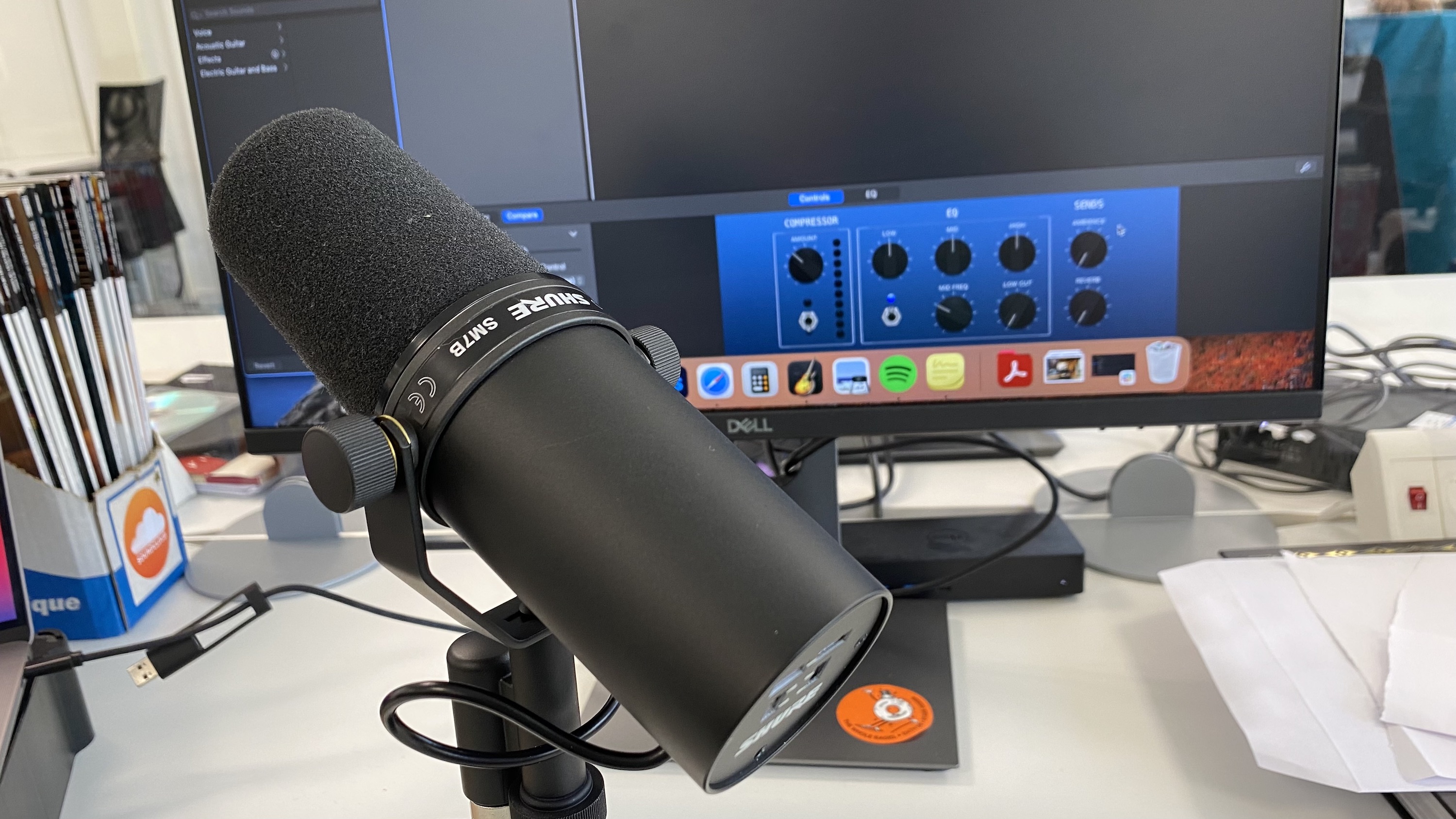
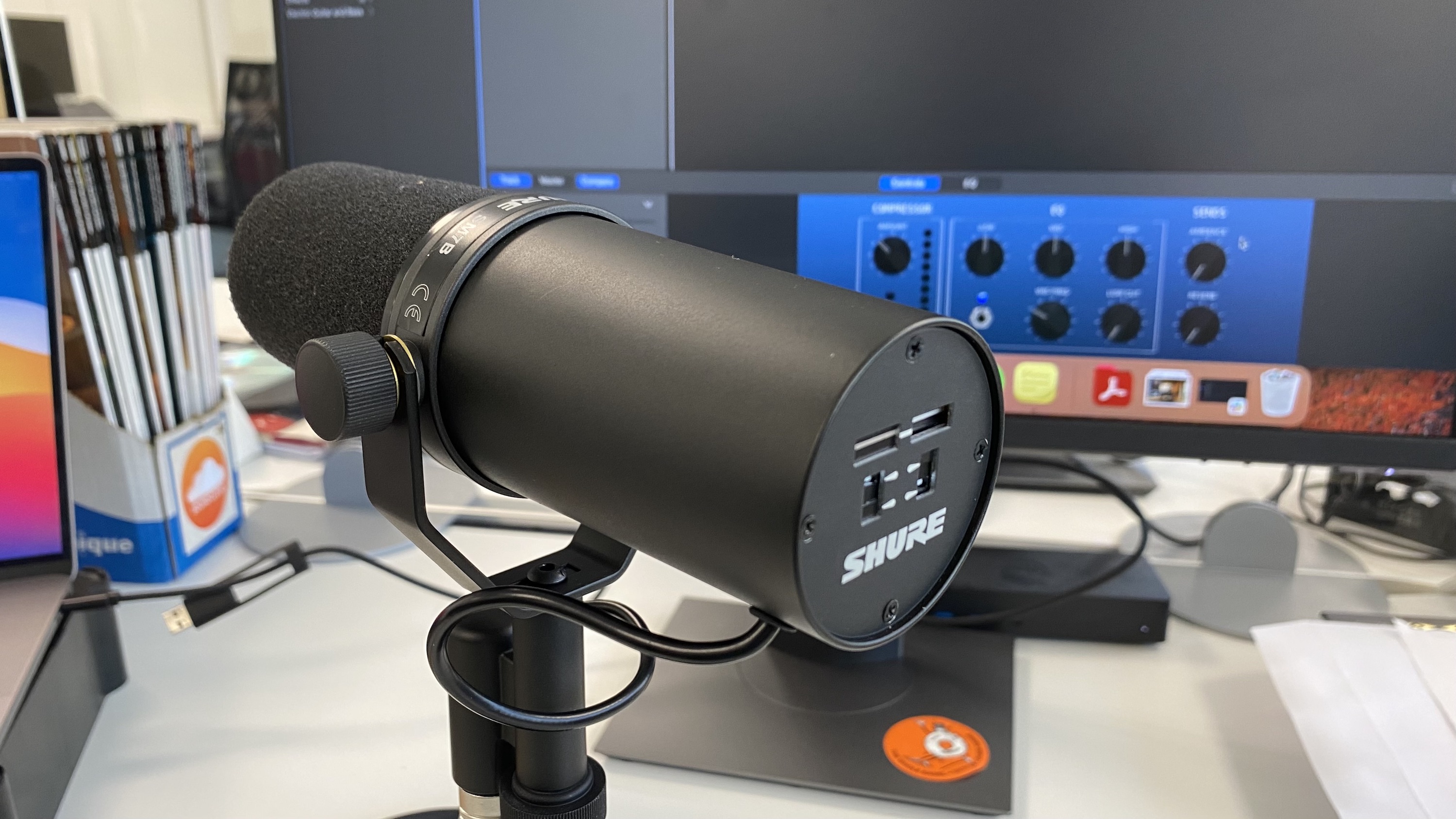
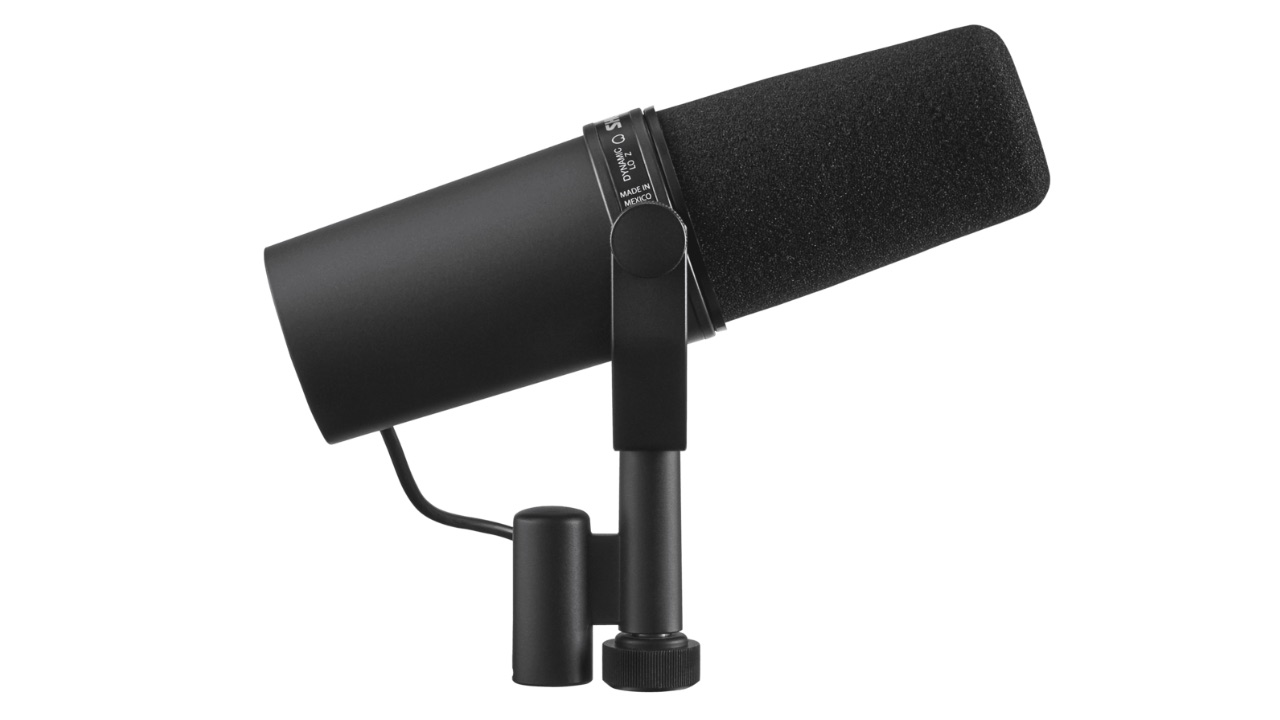
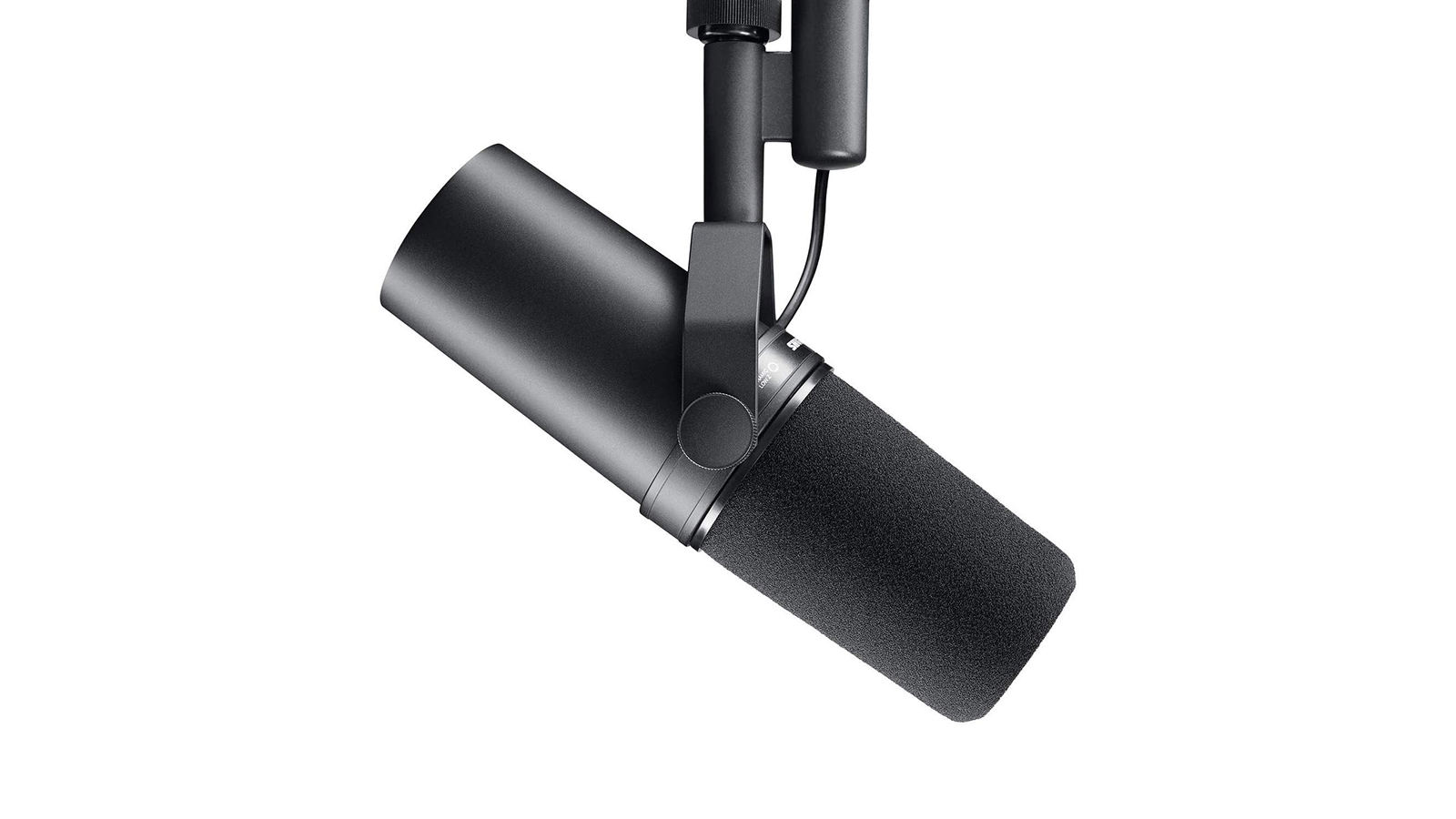
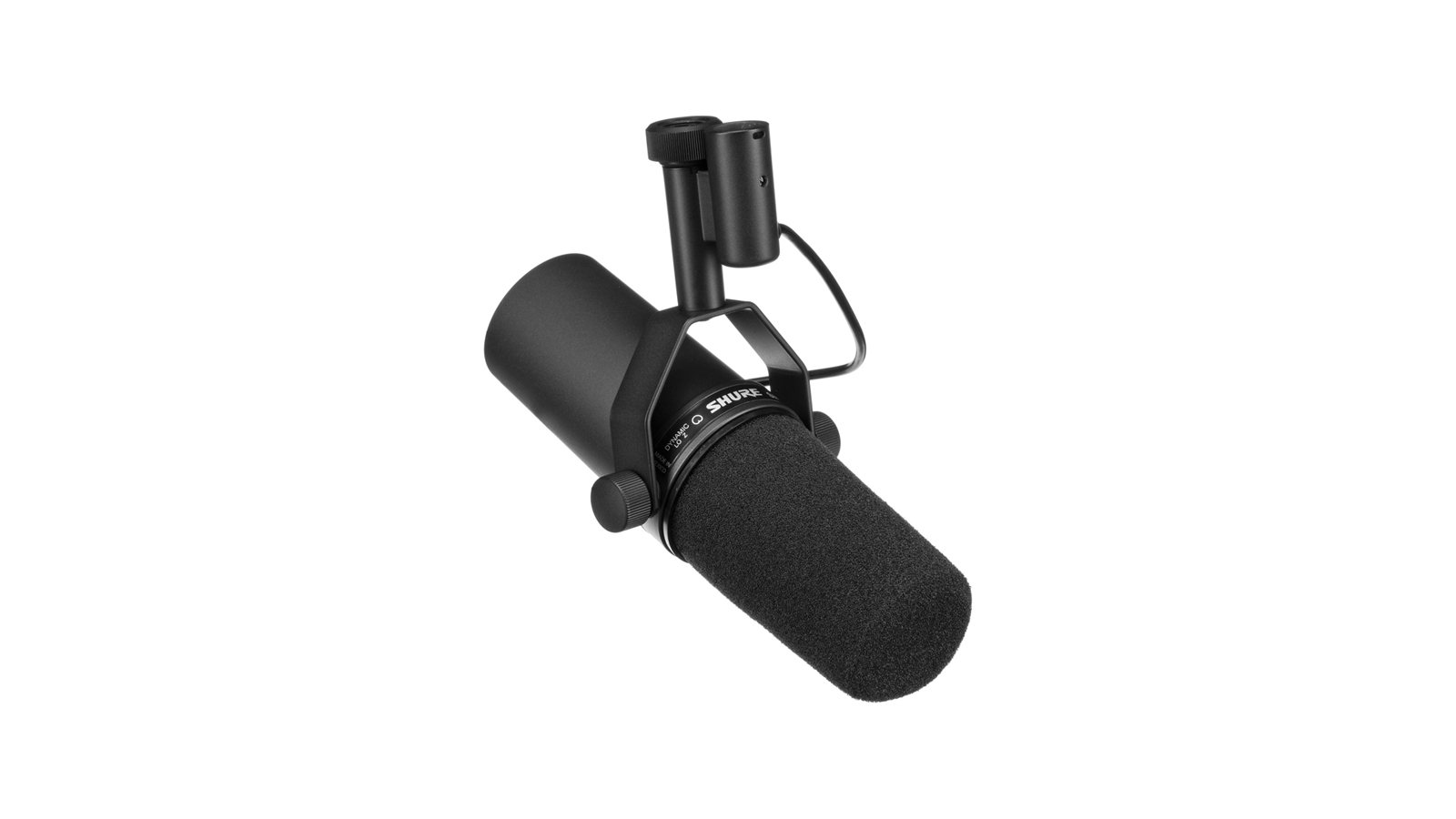

Right out the box, we were slightly taken aback by the overall form factor of the Shure microphones SM7B. We’ve seen hundreds of videos of people using them, and heard countless examples of its sonic characteristics, but holding one in-person really cemented the feeling that this is a quality device. It is pleasingly heavy, while its matt black finish will ensure it’s not a fingerprint magnet either. Shure is widely respected for its high standards in design and construction, and you can see why here. To the back of the mic, there are two dip switches. These provide you with the ability to switch the mic’s frequency response, so it can be used in different situations. We particularly liked the small (but effective) graphical representation, so you can see in an instant what setting you’re on.

Initially, these will be set to allow a flat frequency response, which is the mic’s default mode. This doesn’t colour your recordings in any way, and allows the mic’s superb natural tonality to shine through. Alternatively, there is a bass roll-off filter, which attenuates low frequency notes like the hum of electrical gear, or a presence boost that gently amplifies a selection of mid and high frequencies. You can, of course, combine the bass roll off and presence boost filters if your situation requires.
There’s a reason why so many broadcast studios employ the SM7B, and with just the flat frequency setting enabled it’s easy to see why. Voice tracks come through rich and smooth, with a generous, but not exaggerated, amount of low-end adding warmth and body. Flicking over to the presence and bass roll off settings does have a subtle difference, which may become more prominent depending on the sound source, but for the majority of users the inherent flat frequency setting will provide the secret sauce you’re looking for.
This is all helped by the SM7B’s cardioid polar pattern, which does an outstanding job of ensuring you’re only recording (or broadcasting) the sound you want to. In our tests, we found the cardioid pattern helped eliminate virtually all of the hum from our PC’s cooling fans, while the voice was as prominent as intended. We also found the built-in pop filter and shock mount worked as well as we’d hoped, meaning we didn’t need any extra gear other than the now-ubiquitous boom arm.
To summarise, what you’re getting with the Shure SM7B is a high quality, simple to use dynamic microphone that is at home in a wide variety of situations. The technology and design employed by Shure gives you the platform to record outstanding audio which requires minimal post production, and can be relied up for consistency. In the modern studio, where gear is swapped out with regularity, this is one mic you won’t be getting rid of in six months.
Hands-on demos
Podcastage
Manchester Music
The Mad Hermit
Specifications
- Type: Dynamic
- Frequency response: 50 to 20,000 Hz
- Polar pattern: Cardioid
- Impedance: 150 ohms
- Switches: Bass roll off and presence
- Connection: 3-pin XLR
- Weight: 765g
- Contact: Shure
Chris Corfield is a journalist with over 12 years of experience writing for some of the music world's biggest brands including Orange Amplification, MusicRadar, Guitar World, Total Guitar and Dawsons Music. Chris loves getting nerdy about everything from guitar and bass gear, to synths, microphones, DJ gear and music production hardware.
With its latest free update, Ableton has finally turned Note into the app I always wanted it to be
Technically capable, but struggle to make your tunes sound musical? 5 simple music theory hacks to make your tracks stand out
"Despite its size, it delivers impressive audio quality and premium functions as well as featuring a good selection of inspired sounds": Roland GO:Piano 88PX review










